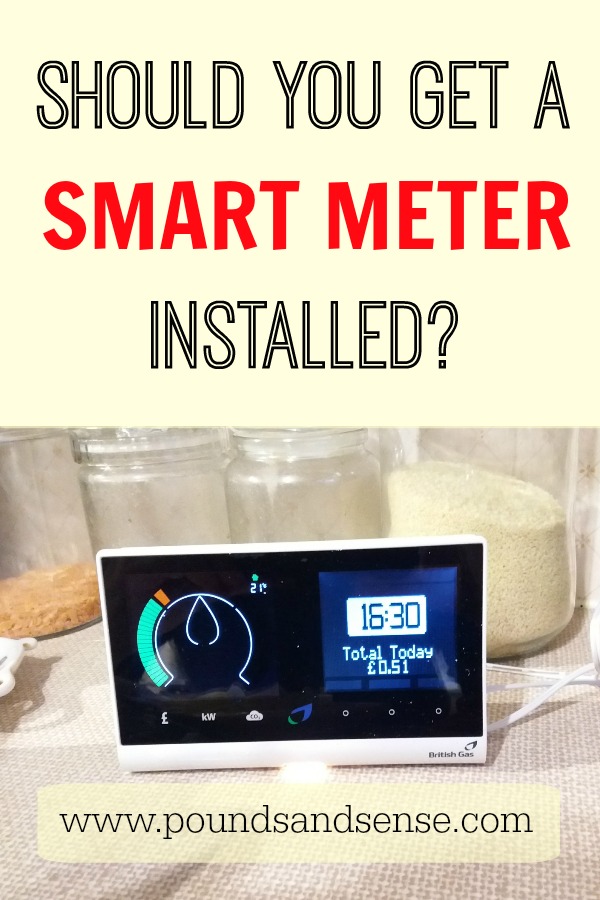Is a Lifetime ISA a Good Way of Saving for Retirement?
I’ve talked about pensions a few times on this blog (in this post about the state pension, for example).
Today I’m looking at another possible way of saving for retirement, the Lifetime ISA (or LISA for short).
LISAs were launched in April 2017 with the aim of encouraging younger people to save. Despite some rumours they might be changed or even abolished, in his budget yesterday Chancellor Philip Hammond left them untouched. That’s good news, as LISAs offer some attractive bonuses and tax advantages for savers. They do have one big drawback for older people, though – you have to be under the age of 40 (though over 18) to open one.
Of course, I know many readers of this blog are older than that – but even if you are, this saving scheme may still be relevant to your children or grandchildren. So here are the basics you need to know…
Understanding LISAs
LISAs are designed for two specific purposes: buying your first home and saving for retirement.
How they work is that you can pay in up to £4,000 a year (lump sums or regular contributions) and the government will top this up with another 25%. As long as you open your LISA before the age of 40 you will continue to receive the bonuses on your contributions until you reach 50.
So if you pay in the maximum £4,000 in a year, the government will top this up to £5,000. If you pay in the full £4,000 every year from the age of 18 to the upper limit of 50, you will therefore get a maximum possible bonus from the government of £32,000.
LISAs are available from a small but growing number of providers (see below). As with ordinary ISAs, you can choose a cash LISA or a stocks and shares LISA (though not yet an innovative finance LISA). Note that the money you invest in a LISA counts towards your annual ISA allowance, which in 2018/19 (and also it’s just been announced 2019/20) is £20,000. So if you were to invest the maximum £4,000 in a LISA this year, you would be able to invest a maximum of £20,000 – £4,000 = £16,000 in an ordinary cash ISA, stocks and shares ISA and/or IFISA.
Your money will grow without any tax deductions in a LISA, and you can also withdraw without having to pay tax (though see below for restrictions).
Where Can You Get a LISA?
There are about a dozen LISAs on the market at present. There are three cash LISAs, available from the Skipton Building Society, Nottingham Building Society and Newcastle Building Society. The latter has only just launched and pays the highest interest rate of 1.10 percent at the time of writing, paid monthly.
If you’re using a LISA to save long term for retirement, a stocks and shares LISA will probably be a better option. Providers of stocks and shares LISAs include Hargreaves Lansdown, The Share Centre, and the online-only Nutmeg. I wrote about my experiences investing in a stocks and shares ISA with Nutmeg in this blog post.
So What’s the Catch?
Unfortunately, there are several.
One is that (as mentioned above) you can only use the money in your LISA for one of two purposes – paying a deposit on your first home or saving for retirement.
While you can access your money for other reasons, you will then lose 25% of the total, including your own contribution and the government bonus along with any investment growth. That means in many cases you will get back less money than you put in. (There is one exception to this rule, which is that you can withdraw all the money without deductions if you are terminally ill with less than 12 months to live.)
Also, unless you’re buying a first home, you can’t withdraw your money without penalty until you reach the age of 60 – unlike workplace and personal pensions, which you can access unrestricted from 55 onwards.
Another drawback may be that unlike pensions, money in a LISA will count if you have to apply for any means-tested benefits. So you could be required to withdraw your LISA savings (paying the 25% penalty) and live off those until your savings are below the means-testing threshold. LISAs also count as assets in bankruptcy or divorce cases.
Pensions Versus LISAs
For most people, pensions are likely to be their first and best choice for retirement saving.
A workplace pension in particular will benefit from employer contributions as well as tax rebates from the government. That combination is hard to beat, especially if you pay tax at the higher rate. Definitely don’t opt out of your workplace pension in favour of a LISA.
Nonetheless, if you have some spare cash you can afford to save in addition to your pension, opening a LISA is worth considering. It’s also a decent option if you don’t have a workplace pension – perhaps due to being self-employed – and you don’t pay higher-rate tax.
In any event, if you want a LISA and are approaching 40, don’t hang about. You can open a LISA for as little as a pound, and can continue to make contributions and receive the government top-ups till you are 50. The money will then carry on growing in your LISA and provide a nice little nest-egg for your 60th birthday!
As always, if you have any comments or questions, please do post them below.














